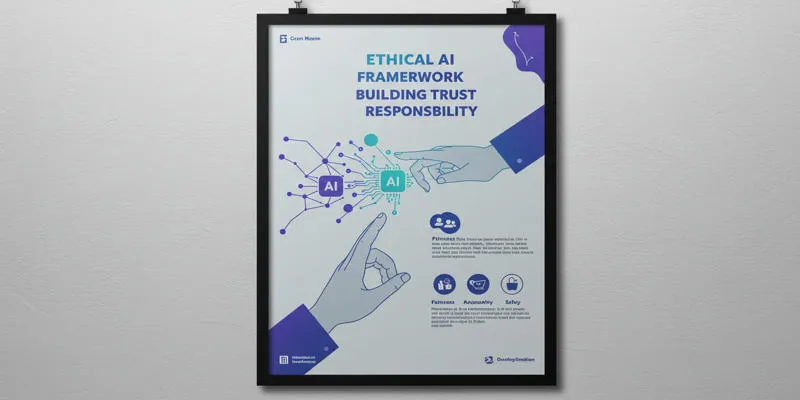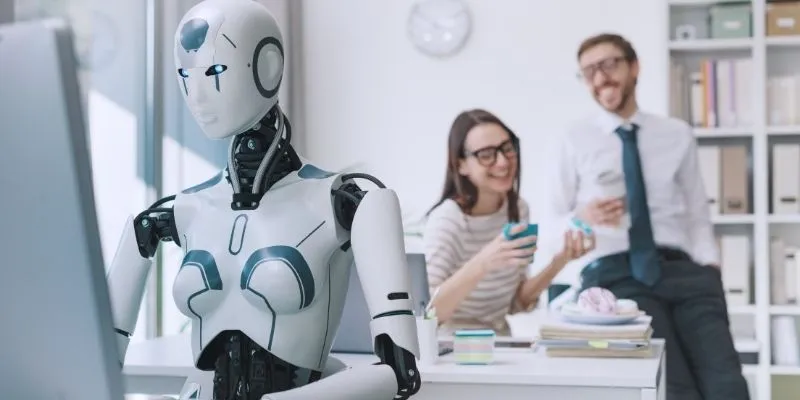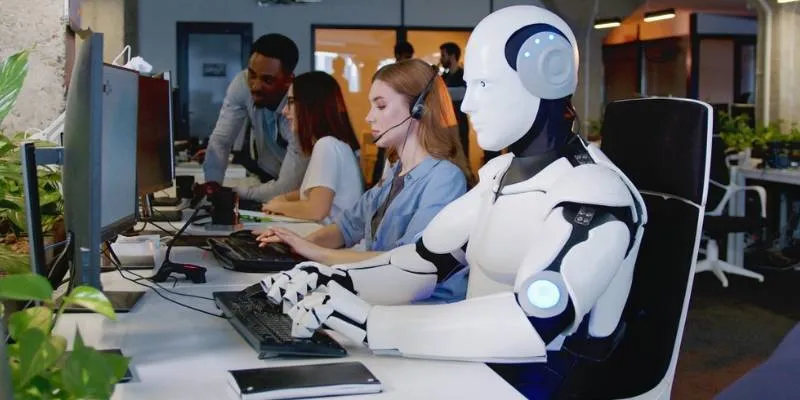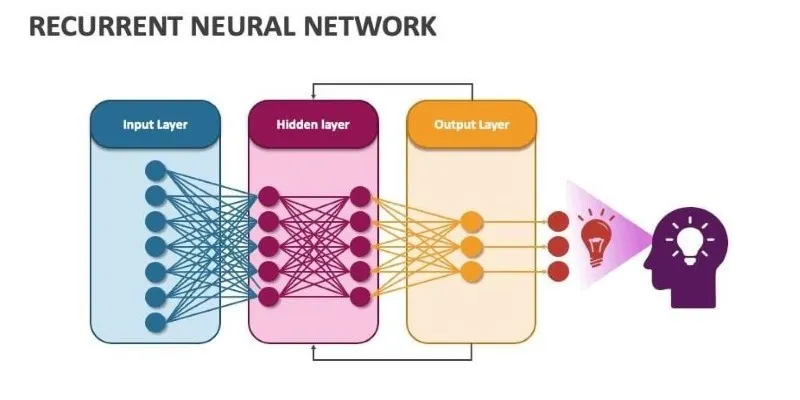Robots have always fascinated people, but many still envision them as rigid machines designed for specific tasks. However, this perception is gradually changing. Engineers and psychologists have developed a lifelike humanoid robot powered by AI, designed to serve as an emotional companion. Unlike traditional devices that merely follow commands or provide information, this robot is crafted to listen, respond, and reflect feelings authentically. It aims not to replace humans but to help people feel heard and understood. Its presence is already making a significant impact in homes, clinics, and schools—places where connection is paramount.
How AI Infuses Machines with Emotion
At the core of this emotional companion is an AI system designed to respond as a human would. Unlike pre-programmed digital assistants, this robot utilizes a neural network trained on thousands of conversations, gestures, and facial expressions. It goes beyond recognizing words by detecting tone, word choice, and even subtle facial changes to understand the user’s current emotions. This capability allows the robot to react appropriately with words, a softer tone, or even silence.

The robot’s lifelike behavior results from a blend of machine learning and physical nuance. The AI manages delicate facial movements under a flexible skin, enabling it to smile, blink, and tilt its head naturally. These gestures help users feel comfortable, making interactions feel more like a conversation with another person. Many users report that after a short while, they forget it’s a machine.
Situational awareness is a crucial component. The robot adjusts its behavior to the mood and context, whether it’s telling a lighthearted story, offering comfort, or simply sitting quietly. This sensitivity transforms it from a mere gadget to a presence, which is precisely what its creators intended.
The Role of Emotional Companions in Everyday Life
The lifelike humanoid robot is being tested in real-world settings. In elder care, these robots are proving invaluable to older adults living alone. They provide companionship, encourage routines such as taking medication, and offer company during long afternoons. Many users experience reduced feelings of loneliness.
Hospitals are deploying them in pediatric wards to comfort children before and after treatments. The robots tell soothing stories, play simple games, and offer words of encouragement, helping reduce fear and stress. In mental health clinics, therapists introduce them into sessions to help clients feel more comfortable sharing emotions or practicing social skills.
Families raising children with autism or anxiety have discovered another use. The robot patiently repeats instructions, demonstrates facial expressions, and creates a safe, nonjudgmental space for interaction. Some children who previously struggled to connect with others find it easier to open up to the robot.
Researchers anticipate that future models will become even more adept at handling complex emotional needs, recognizing longer-term patterns, and adapting to users’ personalities. This evolution could enhance their effectiveness as daily companions.
The Technology Behind an Engaging Persona
What sets this emotional companion apart is the seamless integration of AI and hardware. A network of cameras, microphones, and touch sensors continuously gathers environmental information. This data is processed in real-time by a deep learning model, enabling the robot to respond swiftly and naturally.

Facial recognition helps it identify users and remember previous interactions. It can detect minor cues—like a frown or a diverted gaze—and respond with empathy. The voice is generated with careful attention to tone, avoiding the flat, mechanical sound of earlier machines. The language used is conversational yet neutral, never pretending to have emotions.
Underneath the skin, precision motors control subtle movements. The robot shifts weight, gestures with its hands, maintains gentle eye contact, and even simulates breathing. These features contribute to a sense of presence, helping people forget they are interacting with a machine.
The system is designed for continuous improvement. Each interaction refines its responses. Privacy is a priority, with most processing done on the device itself to safeguard personal information.
Redefining Human-Machine Relationships
The concept of forming an emotional bond with a machine invites contemplation. Many users report feeling comforted and understood after interacting with the robot, despite knowing it’s not truly alive. Some worry this could lead to less human interaction, while others see it as a valuable option for those who may otherwise feel isolated.
Humans often respond emotionally to lifelike behavior, a consideration the designers embraced. The robot encourages positive behavior, avoids manipulation, and always identifies itself as a machine. It doesn’t pretend to be human, but it is designed to feel sufficiently human to meet emotional needs.
Many describe it as a blend of presence and utility. For those needing a nonjudgmental listener or steady companionship, it fills a gap no other technology has managed. As AI advances, emotional companions will likely become more prevalent, complementing human caregivers rather than replacing them.
Conclusion
The emotional companion robot exemplifies how thoughtful design and AI can integrate machines into daily life meaningfully. By combining artificial intelligence with precise engineering, it fosters interactions that feel genuine, providing comfort and alleviating loneliness. Whether in a hospital, an elderly person’s living room, or a child’s bedroom, this lifelike humanoid robot is already proving its worth as a supportive presence. As technology evolves, it holds the promise of making care and companionship more accessible, helping people feel more connected even when another human isn’t around.
 zfn9
zfn9






















